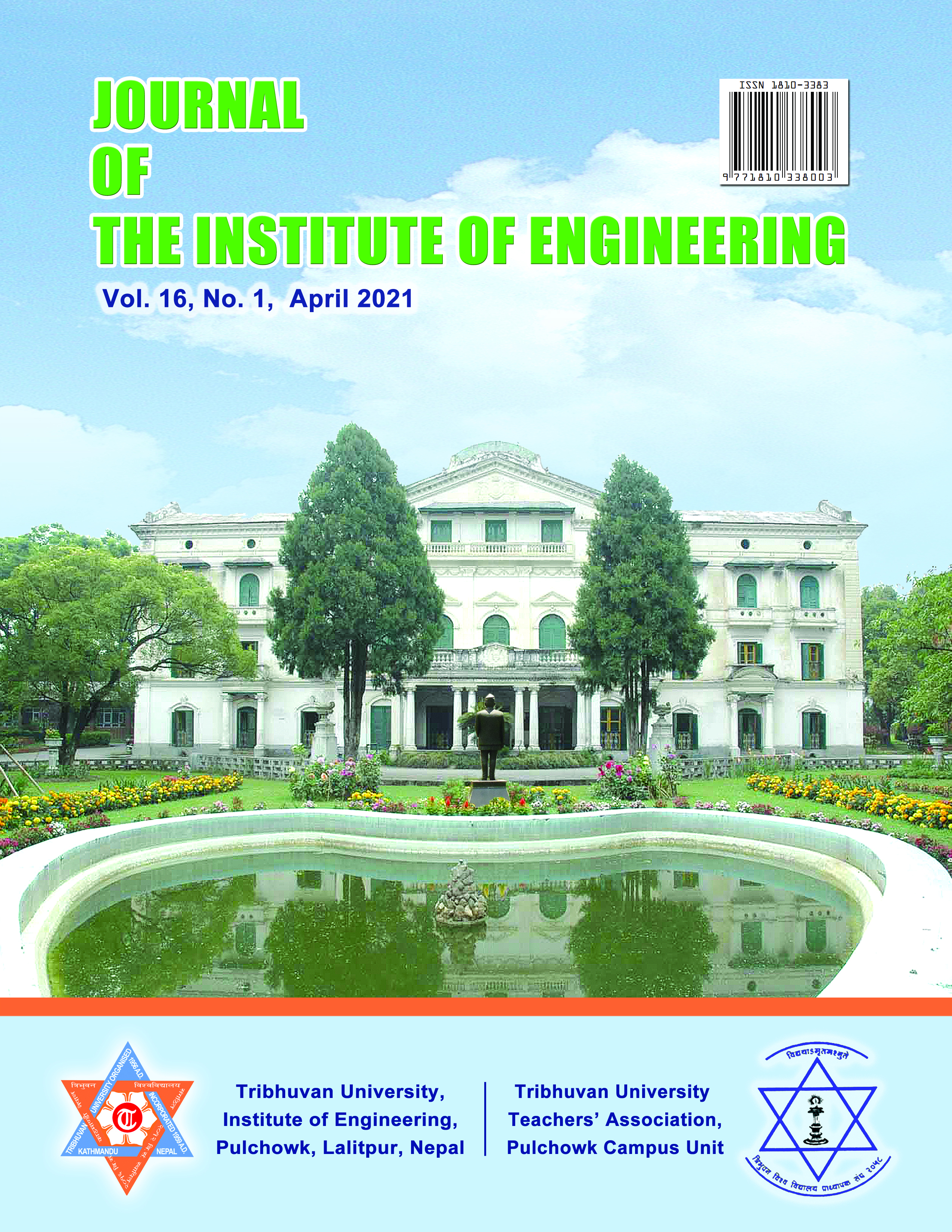Risk Rating for Risk-Based Maintenance: A Case Study of Small Hydropower Plant in Nepal
Keywords:
Critical analysis, Hydropower, Maintenance, Risk, ReliabilityAbstract
Risk-Based Maintenance is the fourth generation maintenance philosophy, emphasis on the performance appraisal of each activity in the system. Rating Risk or quantifying maintenance activities is not an easy task for any organization but is a necessary condition for the implementation of Quality Management System 9001:2015. Risk rating based on reliability is one of the technique to quantify the maintenance activities for those organization, whose reliability of goods and services matter in the market. Hydropower is also among them whose reliability matters highly in consumer life standard. So this paper approach to rate the risk of hydropower based on the reliability of component for the implementation of Risk-based maintenance. From the study of data recorded in log book of Bijayapur hydropower, it is found that turbine section of both the unit of Bijayapur hydropower found a higher risk score than other systems. And found almost 54% and 48% contribution in the reliability of electromechanical system of unit-I and unit-II respectively. Study adopted two tools i.e Failure Mode and Effect Analysis for critical asset and critical analysis technique for the rest of all to quantify the risk. The analysis shows the cooling system as the critical assets for both the unit and contributes 72% and 64% in the reliability of the turbine section. Among the sub-component of the cooling system radial tube filter gets the highest risk score. Its component cartridge, tube and joints have the risk score of 450, 192 and 96 respectively. And from critical analysis of the rest of the subsystem of uint-I and unit-II, component such as bearings, breaker of the transmission system, transmission equipment, excitation system and transformer of unit-I and breaker of the transmission system, transmission equipment and excitation system of unit-II are found higher critical score so are recommended to adopt preventive activities as per the manufacturer to reduce the risk.

